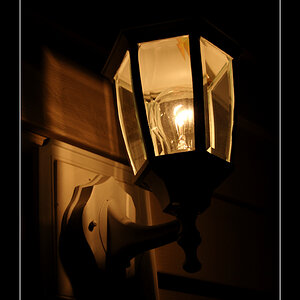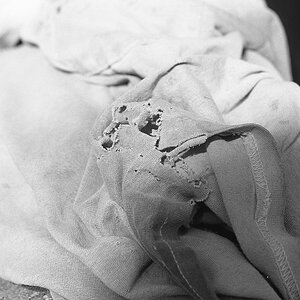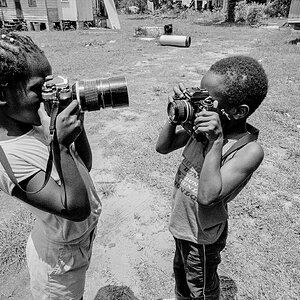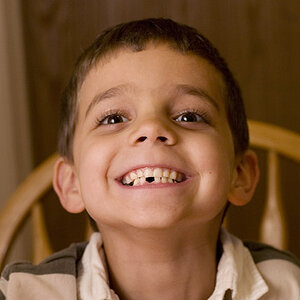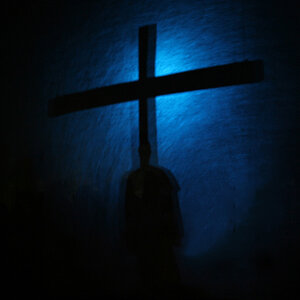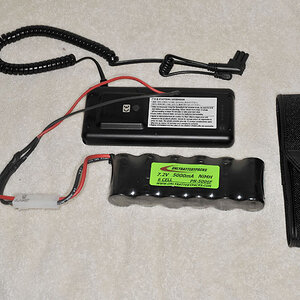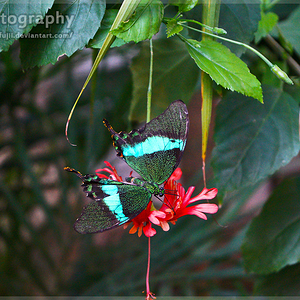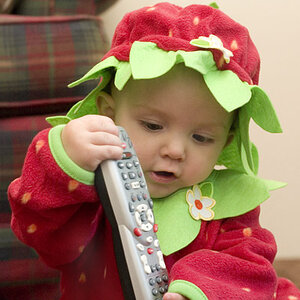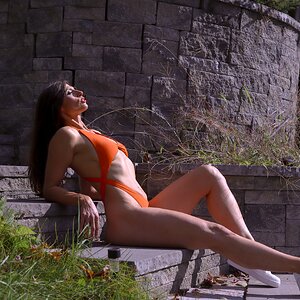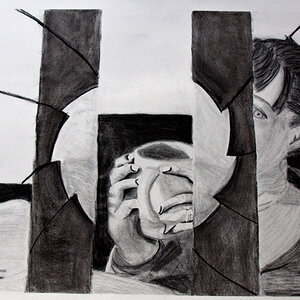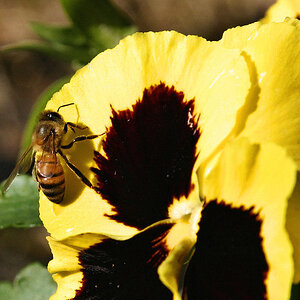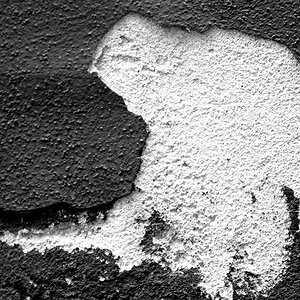JimMcClain
No longer a newbie, moving up!
- Joined
- May 25, 2014
- Messages
- 616
- Reaction score
- 420
- Location
- Feather River Country
- Website
- 1footinthegrave.com
- Can others edit my Photos
- Photos OK to edit
I've shot with a number of bridge and P/S type cameras for the last umpteen years. I got hooked on photography in the 1980s, used some nice Canon equipment, but it was a short-lived hobby and sorely missed for many years. I recently bought a Panasonic Lumix FZ200 and began using RAW and developing in Lightroom. Of course, I'm not as good as I'd like to be, but think there is good potential. Although I know I have a lot to learn, I couldn't help but feel a larger, better quality sensor might help with some of my problems. I read about the new Lumix FZ1000 coming this month and was giving it some serious consideration. Then I realized the budget I have for that camera might also be enough for a DSLR.
I have decided to jump up to a DSLR, primarily because of the larger sensors and lens options. I have been following a number of threads here of a similar nature, which has helped me narrow my choices. I've been reading reviews on Nikon, Canon and Sony cameras in my price range (Nikon D5300, Canon EOS 70D and Sony SLT-A77, among others). Based on many of the opinions expressed in similar topics here on TPF, I'm guessing the D5300 may be my better choice.
Although a larger sensor was my main motivation, along with lens interchangeability, there are a couple of other things that are important to me. The LCD screen must be articulated. I have some mild mobility issues, due to my lung disease, so not having to contort my body into positions necessary to see the sometimes odd angles I like to shoot is a real important feature. Another issue I feel is important is being able to navigate through options and menu items easily and quickly to set up my shots. The Lumix FZ200 has far more features and menu options than any camera I've had in the last 20 years, but I've found repetitive use has helped me get comfortable with the system. Still, it has its limitations and irritations.
Probably each of the cameras I mentioned above would be leaps and bounds above the FZ200. I seem to be leaning toward the D5300, although the reviews usually point out the struggles with the menu system. I'm not sure the Canon's touch screen is enough to make this camera better than the Nikon. The Sony has a tilt/swivel LCD, but it also appears to have some noise issues and other minor problems that keep me going back to look at the D5300.
My renewed interest in photography has centered mostly on landscape and architectural. Back in the 80s, I got involved in people and glamour, which I enjoyed a lot, but there is that huge expense of lighting and other equipment that I'm not interested in doing right now (but every time I see a pretty girl...).
Amazon has this: Nikon D5300 24.2 MP CMOS Digital SLR Camera with 18-140mm f/3.5-5.6G ED VR AF-S DX NIKKOR Zoom Lens I thought the 18-140mm lens would be a good starting point until I could add a different, better quality lens in a month or two. Not many of you had very kind words for the 18-55mm kit lens, so I haven't considered that. But I wonder if some of you think it would be wiser to save the $300 extra cost of the 18-140mm kit lens, get the body only and find a better, non-kit type lens in the 400.00+/- budget range.
I will be selling the FZ200 (and the filters and other extras I've bought), so I might be able to get a decent lens with that, in addition to whatever lens I get with the camera. Of course, there are also filters and other extras I would prob'ly want for the new camera too, but I usually try to wait until after I have used the camera to see what I think I need.
After seeing all the help you have provided others in similar situations, I hope you'll take the time to help guide me to better decisions. Please don't feel you are restricted to the D5300, if you think there is a better camera for me to consider.
Thanks,
Jim
I have decided to jump up to a DSLR, primarily because of the larger sensors and lens options. I have been following a number of threads here of a similar nature, which has helped me narrow my choices. I've been reading reviews on Nikon, Canon and Sony cameras in my price range (Nikon D5300, Canon EOS 70D and Sony SLT-A77, among others). Based on many of the opinions expressed in similar topics here on TPF, I'm guessing the D5300 may be my better choice.
Although a larger sensor was my main motivation, along with lens interchangeability, there are a couple of other things that are important to me. The LCD screen must be articulated. I have some mild mobility issues, due to my lung disease, so not having to contort my body into positions necessary to see the sometimes odd angles I like to shoot is a real important feature. Another issue I feel is important is being able to navigate through options and menu items easily and quickly to set up my shots. The Lumix FZ200 has far more features and menu options than any camera I've had in the last 20 years, but I've found repetitive use has helped me get comfortable with the system. Still, it has its limitations and irritations.
Probably each of the cameras I mentioned above would be leaps and bounds above the FZ200. I seem to be leaning toward the D5300, although the reviews usually point out the struggles with the menu system. I'm not sure the Canon's touch screen is enough to make this camera better than the Nikon. The Sony has a tilt/swivel LCD, but it also appears to have some noise issues and other minor problems that keep me going back to look at the D5300.
My renewed interest in photography has centered mostly on landscape and architectural. Back in the 80s, I got involved in people and glamour, which I enjoyed a lot, but there is that huge expense of lighting and other equipment that I'm not interested in doing right now (but every time I see a pretty girl...).
Amazon has this: Nikon D5300 24.2 MP CMOS Digital SLR Camera with 18-140mm f/3.5-5.6G ED VR AF-S DX NIKKOR Zoom Lens I thought the 18-140mm lens would be a good starting point until I could add a different, better quality lens in a month or two. Not many of you had very kind words for the 18-55mm kit lens, so I haven't considered that. But I wonder if some of you think it would be wiser to save the $300 extra cost of the 18-140mm kit lens, get the body only and find a better, non-kit type lens in the 400.00+/- budget range.
I will be selling the FZ200 (and the filters and other extras I've bought), so I might be able to get a decent lens with that, in addition to whatever lens I get with the camera. Of course, there are also filters and other extras I would prob'ly want for the new camera too, but I usually try to wait until after I have used the camera to see what I think I need.
After seeing all the help you have provided others in similar situations, I hope you'll take the time to help guide me to better decisions. Please don't feel you are restricted to the D5300, if you think there is a better camera for me to consider.
Thanks,
Jim
As an Amazon Associate we earn from qualifying purchases.


